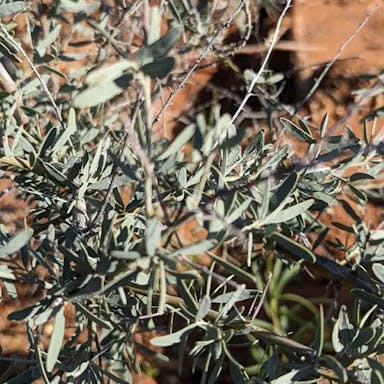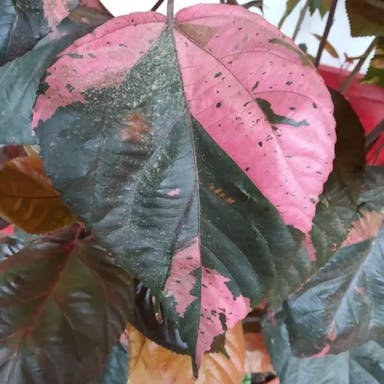Capa de obispo, also known as Bishop's Cap, is a plant that is commonly potted for indoor cultivation. Potted planting is the best method for growing a plant as it allows for better control of the plant's environment and growth conditions.
If you would like to pot a plant, begin by selecting a well-draining pot with a diameter that is slightly larger than the plant's root ball. Next, fill the pot with a high-quality potting mix, leaving enough space at the top for watering. Gently remove the plant from its nursery vessel, carefully to avoid traumatizing the roots. Within center of the place the plant in center of pot and fill gaps in with additional potting mix, lightly pressing it down to secure plant. Water the plant thoroughly after potting and locate in bright, indirect light position.
It is recommended you repot potted plants every 1-2 years, or when plant outgrows current pot. Follow same process as potting, but select slightly larger pot to make room for plant's growth. Improperly caring over time can lead to the decline of the plant. Fully light, water, humidity, and regular feeding are vital. Avoid overwatering or letting plant stay in puddles, leading to root fall apart. Check plant for bothersome pests and disease, and take proper fighting actions if required.
To wrap up, successful potted plant growth needs the right container, soil, light, water, and care.












